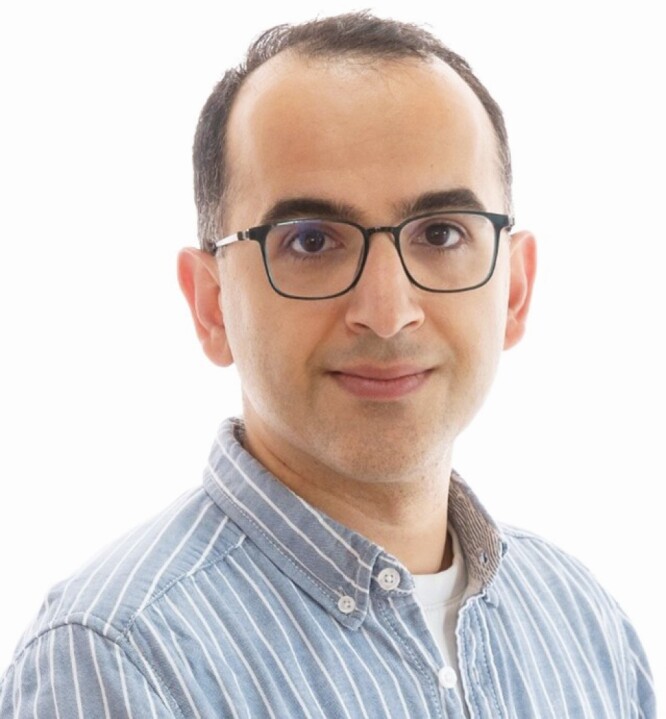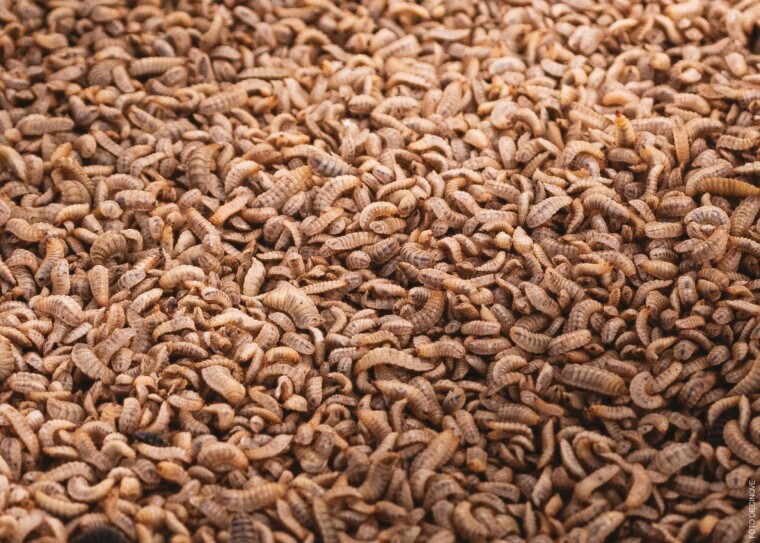Insect meals in a circular economy and applications in monogastric diets.
IF 4.2
Animal frontiers : the review magazine of animal agriculture
Pub Date : 2023-08-01
DOI:10.1093/af/vfad016
引用次数: 1
Abstract
Insects are great candidates to support the sustainable development of the feed industry. In the last decade, the global industrialized insect farming has increased, aiming to deliver the market with large amounts of insect-derived products for feed purposes (van Huis, 2022). The demand for insect protein will rise from 120,000 metric tons to 500,000 metric tons by 2030, according to an estimation by De Jong and Nikolik (2021) in a RABO Bank report. According to the report, the price of a metric ton of insect protein will decrease from EUR 3,500 to 5,500 during the scale-up phase (2020) to EUR 1,500 to 2,500 during the maturity phase (2030), making insect protein more competitive with conventional protein sources. During this transition period, the main market for insect protein, or so-called insect meal, is pet food and aquaculture but pets’ share of the total market will fall from 54% in 2020 to 30% in 2030, while aquafeed’s share will rise from 17 to 40%, resulting in 200,000 metric tons in 2030, which is still only 1% of the total aquafeed market. Currently, research is focusing on additional values beyond the nutritional value in the protein transition concept. Insect-derived specific compounds such as chitin, antimicrobial peptides, and medium-chain fatty acids (mainly lauric acid) have the ability for antibacterial and immunomodulating effects. Research is also focusing to make insects as feed more sustainable in a circular economy model. In EU insects can only be fed with materials of vegetal origin and some materials of animal origin such as milk, eggs and their products, honey, rendered fat, or blood products from non-ruminant animals (Reg.(EU) 2022/1104). Circularity and sustainability can be given a boost if slaughterhouse or rendering derived-products, catering waste, and unsold products from supermarkets or food industries containing meat or fish will be allowed to feed the insects, once proven to be safe. These waste sources cannot be fed directly to monogastric animals and this makes insects more essential in the food chain as insects convert these waste sources into highly valuable insectderived products which can be applied in animal nutrition. This review aims to describe the interest in applying insects in the circular economy, the production process, the nutritional and health properties of insect meals (in particular of the main insect species used for feed purposes), and the main performance results obtained with aquaculture and monogastric livestock species fed insect meals. A short overview of the interest in insect frass is also discussed. Finally, some challenges and main prospects are presented.



循环经济中的昆虫饲料及其在单胃饲料中的应用。
本文章由计算机程序翻译,如有差异,请以英文原文为准。
求助全文
约1分钟内获得全文
求助全文

 求助内容:
求助内容: 应助结果提醒方式:
应助结果提醒方式:


